"Drop Lou Dobbs" – Online Campaign by Pro-Immigrant Forces Puts Pressure on CNN
Hispanic and pro-immigrant activists are becoming increasingly vocal in their demand that CNN drop host Lou Dobbs. Dobbs has a history of supporting fringe conspiracy theories –like the so-called “birther” movement that questions whether President Obama was born in the U.S, and one that claimed immigrants were spreading leprosy in America.
The latest of several campaigns against Dobbs was launched yesterday. It targeted CNN reporter Soledad O’Brien, who has Hispanic roots and occasionally reports on Latino issues for the network. She has an upcoming special called “Latino in America” that will air next month.
“Tell Soledad O’Brien that CNN can’t have it both ways. CNN should not make money off of the fastest growing demographic in the U.S., Latinos, at the same time that it promotes the type of dangerous language that has led to increasing hate crimes against those very same Latinos,” said the campaign launched by an activist on Twitter.
This is just one of several initiatives on the web against Dobbs. Presente.org, a “national online advocacy organization,” launched BastaDobbs.com (Enough Dobbs). Miami-based activist group Democracia U.S.A. created another campaign, asking CNN to “to hold Mr. Dobbs to journalistic standards.” Monitoring organization Media Matters, the National Council of La Raza (NCLR), America’s Voice and various other groups have put up DropDobbs.com, which aims to convince advertisers to pull their ads from Dobbs’ show.



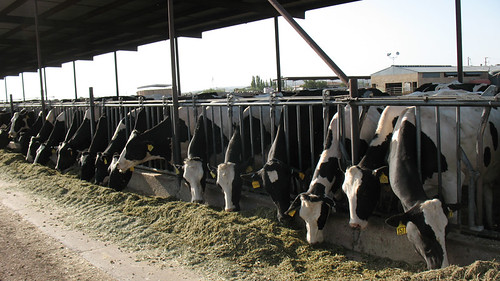

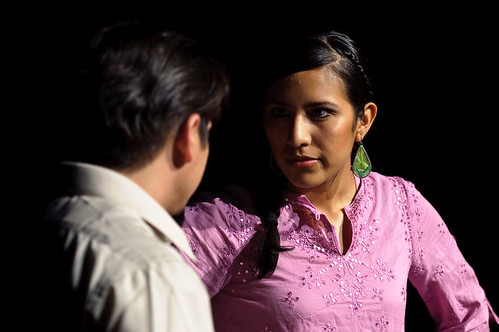
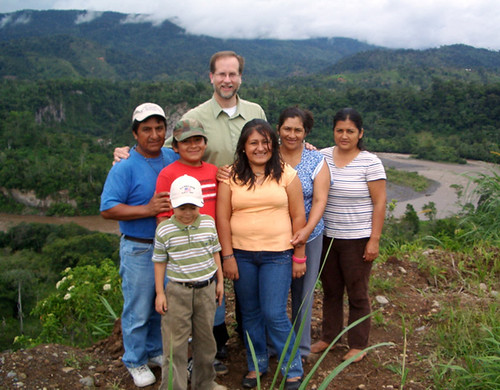
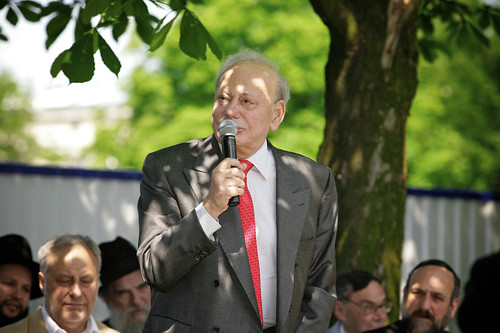
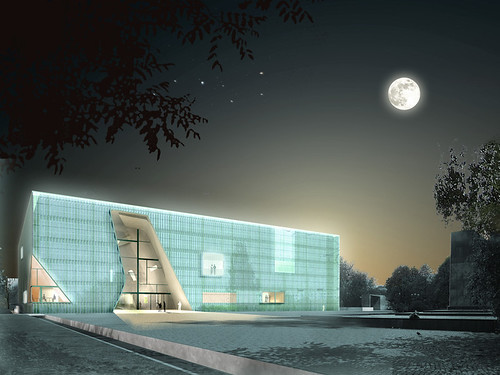

 Following President Barack Obama’s
Following President Barack Obama’s 